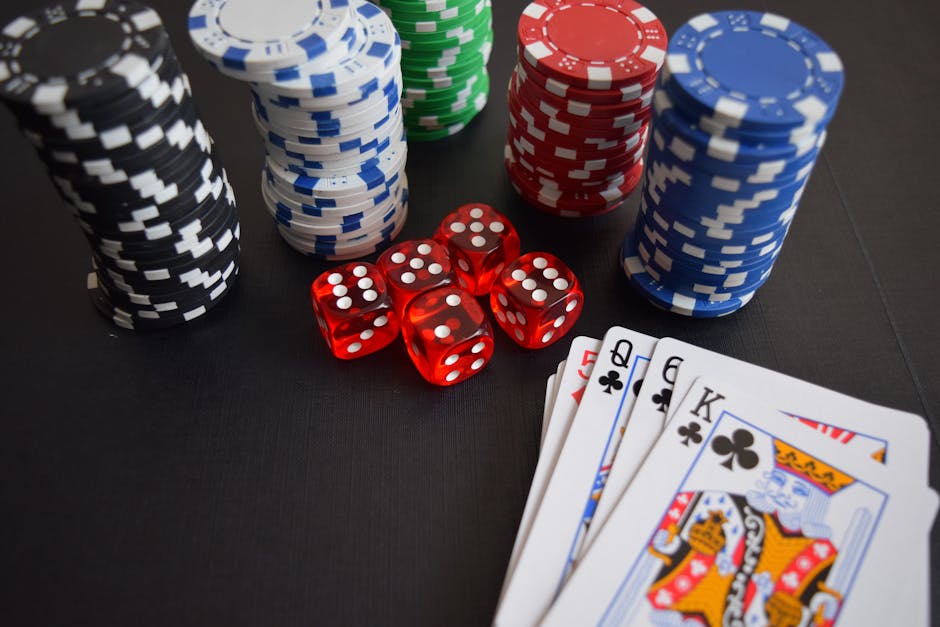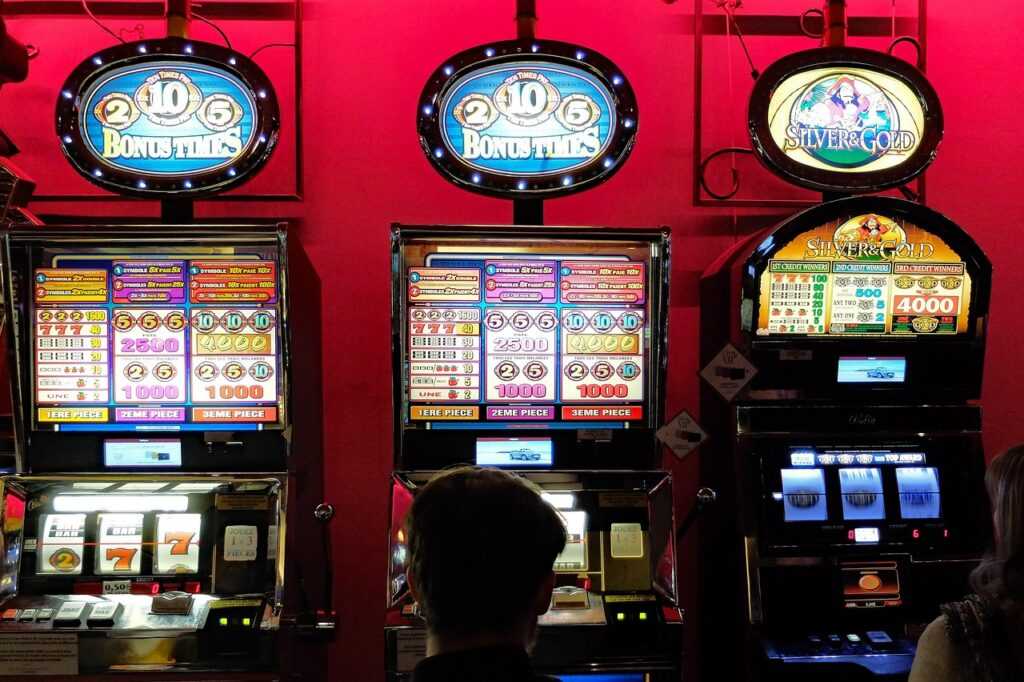In Counter-Strike 2, individual skill is important, but the real difference between average and top-tier teams often comes down to how well players interact with each other. Effective communication, role coordination, and trust within the team can dramatically influence match outcomes. Teams that practice strategic synergy consistently outperform those that rely solely on raw mechanical skill. Understanding the impact of team interaction is essential for players aiming to reach higher competitive ranks.
The Importance of Communication in Competitive CS2

Communication is the backbone of successful CS2 gameplay. Every player must relay critical information about enemy positions, map control, and potential strategies. Teams that cultivate clear and concise communication reduce confusion during high-pressure moments and can react faster to evolving situations. For instance, calling rotations early or reporting enemy utility usage allows teammates to adapt their strategy instantly, giving a competitive edge.
Beyond basic callouts, effective teams develop a structured communication system, where each player uses consistent terminology and prioritizes urgency. For example, differentiating between “short push” and “fast rush” can prevent misinterpretation in the heat of the moment. Some top-tier teams even integrate visual aids on digital maps or custom HUD indicators to reinforce verbal communication. Additionally, communication is not just about speaking; active listening ensures that players correctly interpret and respond to information, minimizing mistakes and wasted resources. Teams that refine these habits often see noticeable improvements in their win rate, as their coordinated response times and predictive movements allow them to control critical areas of the map more effectively.
Utilizing Analytics for Improved Interaction

Modern CS2 teams increasingly rely on analytics to enhance team interaction. By reviewing heatmaps, kill-to-death ratios, utility usage, and round-by-round performance metrics, teams can identify weaknesses in coordination or miscommunication. For example, if a team consistently loses mid-control despite strong individual performances, analytics may reveal timing misalignments or ineffective utility placement.
Data-driven approaches allow teams to simulate in-game scenarios during practice, improving strategic execution and communication. By combining insights from online resources such as community guides and forums with internal team discussions, teams can enhance cs2 predictions and better anticipate opponent strategies. Reviewing previous matches then helps in refining rotations, optimizing economic decisions, and adjusting team tactics to ensure consistent performance in upcoming games.
Role Coordination and Strategic Depth
Another core element of team interaction is role coordination. Each player typically assumes a specific role, such as entry fragger, support, lurker, or AWPer, and success depends on executing these roles effectively in unison. Teams that clearly define roles and responsibilities can create complex strategies, such as synchronized multi-lane pushes, baiting, or fake executes, increasing their chances of winning rounds.
Role coordination also involves understanding individual strengths and weaknesses. For instance, an AWPer with strong positioning skills can dominate mid-control areas, while a support player’s utility usage may create openings for entry fraggers. Teams that optimize these interactions through detailed pre-match planning and post-match analysis consistently outperform uncoordinated squads. Coaches often record practice sessions to track how role responsibilities are executed and identify inefficiencies, helping players improve timing, decision-making, and positional awareness. Furthermore, role rotation strategies—adjusting who takes on certain responsibilities mid-match—can exploit opponent weaknesses and surprise adversaries, making the team unpredictable and harder to counter.
The Impact of Team Chemistry on Match Outcomes
Team chemistry goes beyond communication and roles—it involves trust, adaptability, and shared understanding of each player’s style. Teams with strong chemistry make faster decisions under pressure and maintain composure even after setbacks. Building chemistry requires consistent practice, shared experiences in both competitive and casual settings, and a culture of mutual respect and accountability.
Teams with high chemistry often develop implicit coordination, where players anticipate each other’s moves without explicit communication. This allows for advanced strategies like coordinated peeks, synchronized flashes, and coordinated rotations, which are difficult for opponents to counter. Additionally, emotional chemistry plays a crucial role; a team that supports its members during mistakes reduces tension and prevents tilt, ensuring focus remains on strategic execution rather than frustration. Over time, strong chemistry translates to improved clutch performance, higher round win percentages in close matches, and increased resilience in long tournaments. Understanding and nurturing this dynamic is as critical as mastering mechanical skills for competitive CS2 success.
Team Adaptability and Decision-Making
Adaptability is a critical factor that separates successful teams from those that struggle. Matches are dynamic, and unexpected events such as eco rounds, aggressive pushes, or unusual opponent strategies require rapid decision-making. Teams that interact effectively can quickly reassign roles, adjust rotations, and modify strategies in real-time.
Developing adaptability begins in practice sessions where teams simulate unpredictable scenarios, forcing players to react strategically while maintaining coordination. For instance, a sudden rush on B-site can be countered if a team anticipates potential split attacks, rotates efficiently, and positions utility optimally. Continuous post-match reviews help teams identify patterns where adaptability faltered, allowing coaches to implement corrective measures. Teams that master this skill not only survive high-pressure situations but also capitalize on opponents’ mistakes, turning potential losses into decisive wins. Adaptable teams also maintain psychological composure, as members trust each other to make critical decisions without hesitation, reinforcing a cycle of confidence and strong interaction.
Conclusion
In CS2, the outcome of matches is often determined by how well players interact as a unit rather than just individual skill. Communication, role coordination, team chemistry, analytics, and adaptability all play vital roles in influencing results. Teams that prioritize these aspects consistently outperform others and establish themselves as competitive leaders. By focusing on improving interaction, analyzing gameplay data, and fostering trust within the squad, players can achieve more consistent results and long-term success in CS2 tournaments. Ultimately, developing strong team interaction is not just a strategy—it is the cornerstone of competitive excellence, ensuring every player’s potential is fully realized and applied cohesively in every match.


 Dawnicky Sumpter
Bankroll Management Advisor
Dawnicky Sumpter brings a wealth of experience in financial planning and gambling psychology to her role as Bankroll Management Advisor at Prime Gambling Way. With a focus on responsible gambling, Dawnicky provides bettors with the tools and strategies they need to manage their finances effectively while pursuing their passion. Her advice is rooted in practical techniques for balancing risk and reward, ensuring that users can enjoy gambling without compromising their financial stability. Through articles, workshops, and one-on-one consultations, Dawnicky is committed to helping gamblers build sustainable habits that support long-term success in the industry.
Dawnicky Sumpter
Bankroll Management Advisor
Dawnicky Sumpter brings a wealth of experience in financial planning and gambling psychology to her role as Bankroll Management Advisor at Prime Gambling Way. With a focus on responsible gambling, Dawnicky provides bettors with the tools and strategies they need to manage their finances effectively while pursuing their passion. Her advice is rooted in practical techniques for balancing risk and reward, ensuring that users can enjoy gambling without compromising their financial stability. Through articles, workshops, and one-on-one consultations, Dawnicky is committed to helping gamblers build sustainable habits that support long-term success in the industry.
